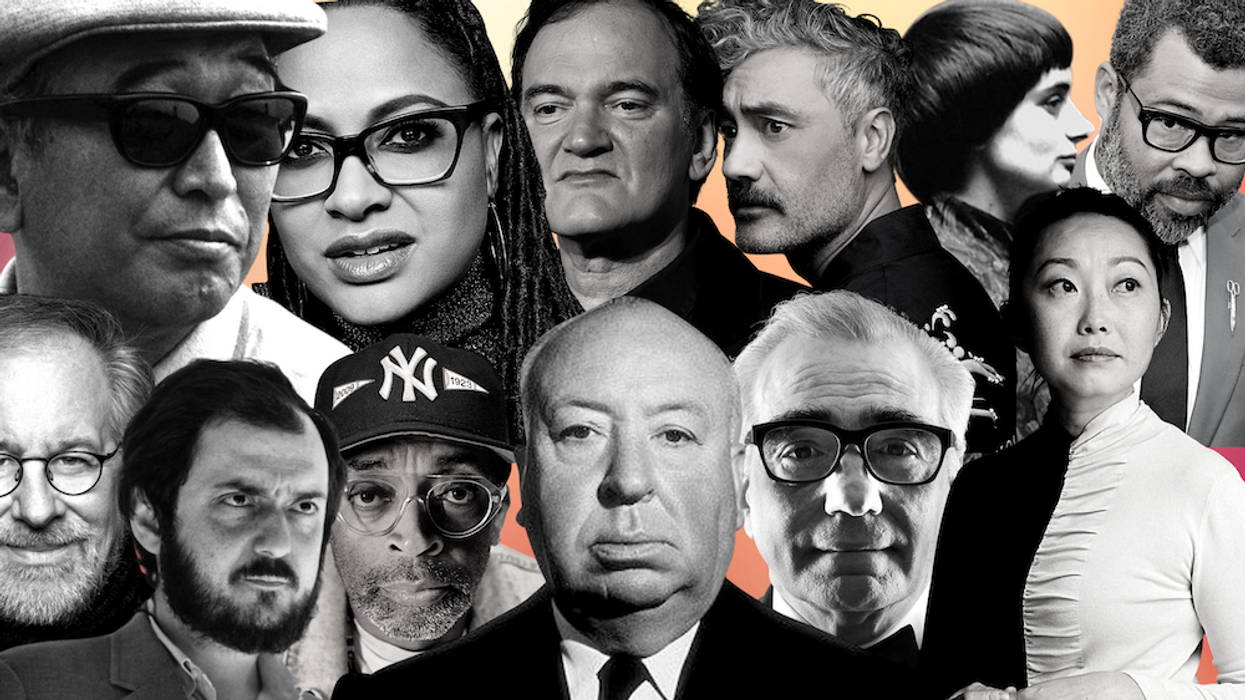All of the Greatest Filmmakers Have This One Thing in Common
And it's not an intense love of jodhpurs and old-timey megaphones.

Ever wonder how you know a certain director made a certain movie without even seeing the credits? It's almost as though they're able to stamp their work with...I don't know...their creative essence. That stamp is called a "visual style," and all of the great directors have it. That style is the root of the auteur theory and is how individual artists get their vision across to the audience.
A new video essay takes an in-depth look into Steven Spielberg, Kathryn Bigelow, Alfred Hitchcock, and Wes Anderson to see how they like to shoot their movies and what aspects of filmmaking they lean into more heavily than others.
Check out the video from Indy Mogul and let's talk after the jump.
All of the Greatest Filmmakers Have This One Thing in Common
A director's visual style is a lot like a screenwriter's voice. It's really hard to tell you what it is unless you see it in action. In the video, we saw Guy Hendrix Dyas, the production designer of Steve Jobs, Passengers, and Inception take a noble stab at it.
As I mentioned in the opener, the visual style is part of their trademarks or their personal stamp on a project. You've heard of things like the Spielberg face or even the Hitchcock blonde before—those little trademarks.
Visual style goes beyond that. It's how a director controls both the audience's expectations and the tone of the film.
Film styles are recognizable techniques used by filmmakers to give specific changes or value to their work. Many popular directors, like the ones studied in the video, rely on the same team over and over to make sure their style comes across.
It's why Spielberg likes using Kaminski and John Williams, and how Kathryn Bigelow likes to collaborate with Mark Boal. Or even the Coens and Roger Deakins.
This is not just about comfort on set, but making sure sound, mise-en-scène, dialogue, cinematography, editing, or attitude all remain consistent with their visions.
So how can you find your style?
David Lowery suggests watching a lot of movies.
"I was mostly ripping people off in all the films I made as a kid," said Lowery at Sundance 2017. "I made a terrible Tarantino rip-off. When I first saw Pulp Fiction, it changed what I thought about how you could tell a story. Through Tarantino, I then discovered Godard."
He continued, "I was mostly ripping people off in all the films I made as a kid."
So the next time you absorb cinema, just write down a list of the things you like. It can be an expansion on what you've seen and maybe just the elements and shots that inspired you. Begin to keep a tally of what you find inspirational, and seek out how they did the things you liked.
Find this kinetic language, so when it comes time for you to go behind the camera, you know what you want.
Got any other ideas or want to react to the video?
Talk to us in the comments.
Source: Indy Mogul











